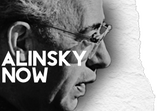|
How communities overcome deep, bitter divisions, particularly racial and/or ethnic in nature, is rarely given public attention. What’s the story when nothing explodes? No conflict, no riots, no graphic images just some value driven, talented community leaders talking quietly together, developing and then executing a game plan. Evaluating progress, maybe going back to the drawing board, moving on to plan B if necessary.
Rare is the media outlet that casts even a momentary spotlight on these kinds of non- events. Many communities have negligible resources regarding what to do and how to do it when deep divisions begin to simmer to the boiling point. As a consequence they are overwhelmed by internal fissures and external grandstanding enhanced by the glare of media attention and the funding streams that follow attention when a potential flashpoint occurs. This vacuum of knowledge and skills denies communities in crisis, or on the verge of crisis, a constructive pathway to shape their own response. Al Sharpton and all the would be Sharptons should have been instructed by Ferguson leadership, “Pipe down. Stay home. Respect our desire to speak for ourselves. We know Ferguson. You don’t.” Of course it didn’t happen that way. But if accountability is to be exacted - it has to be if future social explosions are to be avoided and the conditions producing them altered - then leaders in charge of community based institutions, from law enforcement and local government, to businesses, to congregations and non profits must look to themselves, their own shortfalls, their own minimal skill sets, their own lack of capacity building, their own inability to define boundaries of respect. Powder keg communities get that way for a reason. There is a thread of disconnection, broken or non existent relationships, a lack of will and skill to do hard things together. These are the conditions that offer themselves up to outsiders including a voracious media with interests entirely unrelated to the common good. The NY Times recently covered a story that proved an exception to the rule by offering a counterpoint to Ferguson. It was about Durham, North Carolina, a place where racial tensions run hot and deep. Community leadership there led by Durham CAN, an IAF organization, disabled the conflict triggers that ignite social meltdowns when a young Latino man was shot dead while in police custody. Durham CAN’s tool kit? Smart, strategic thinking, careful relationship building, active inquiry, carefully planned public action. They pulled it off without Al Sharpton or shock troups from outside organizations bussed in or flown in to crisis monger. Racial tensions, rage, hard edged resentments aren’t going away any time soon. They are structurally built in to public life in the United States. Communities that don’t attend to the relationship building, skill learning and problem solving necessary to overcome explosive divisions are at increased risk to suffer the tragic consequences of their own shortfalls.
0 Comments
The IAF focus on face-to-face engagement grounds network organizations in local needs and interests.
Local stories, research, discussion and action define IAF organizations in distinctive ways. Although there are patterns of issues common to many of the organizations in the IAF network there is no central command directing what local leaders decide to take on. As a consequence IAF organizations look different, present differently, emphasize their own defining vision, plan and action. The outcomes generated by deep local grounding are typically generational in nature and evaluated on that basis. The contrast with trend hopping, poll tested angles of vision and judgment is sharp. Going deep and local requires what Ernesto Cortes, Jr calls “iterative” behavior, returning again and again to the relational work described in “Unpacking IAF Strengths Part 1”. Community institutions - congregations, non-profits, schools, unions, business organizations - connect with IAF organizations in ways that both strengthen the institutions themselves and build collaborative power for constructive action. ACTA Publications, has published a series of useful booklets on IAF organizing for relational power including "Effective Organizing for Congregational Renewal" by IAF Co-Director Michael Gecan and "Rebuilding Our Institutions" by IAF Co-Director Ernesto Cortes, Jr. You may want to read these and other ACTA publications to gain more depth of understanding of how IAF works. For clergy primarily, take a look at Rev. Art Gafke’s new book - Strong Ministry. It’s very solid and inspiring. Rev. Gafke (United Methodist) has rich experience as pastor, denominational executive, leader and organizer/colleague. 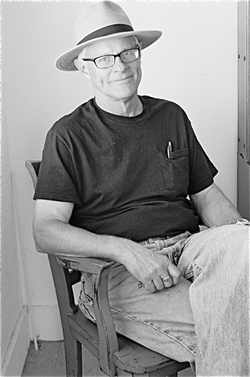 Frank C. Pierson, Jr. Frank C. Pierson, Jr.
IAF organizations are built on face-to-face relationships that manifest unique organizational cultures that include local financial ownership.
Building an organization around face to face relationships requires intentional actions over time undertaken by leaders and organizers who choose to work within the IAF umbrella. The habits and practices that foster relationship building form the basis of IAF organizational culture. That culture is unique because the individuals, families, leaders and institutions so engaged are themselves unique as is the context in which they operate. Money, a necessary aspect of birthing and sustaining an organization, buttresses the mission of an IAF organization as leaders and organizers together assume responsibility for raising it. IAF relational culture is characterized by positive valuation of relationships themselves as well as the capacity for collaborative action they generate. Relationships tested in the crucible of public action when sustained over time can forge lasting political friendships within, between and outside IAF organizations. All IAF organizations invest intensively in the learning and doing of relational meetings - one to one and small groups. Probing interests, sharing narratives, challenging values, agitating individuals and institutions into action provide the grist for this relational work. 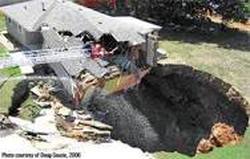
Here's my take on Tuesday.
The Democrats vaunted ground game was paper-thin-- having been absorbed by data mining, niche marketing, consultancies, big money and technologists. The historic institutional base of the ground game, where real people live and work, has been swallowed up in the process. Neophytes hired to go door to door with smart phones and talk about things they don’t understand is an ersatz ground game. A blizzard of emails and mobile spots with catchy tags is no substitute. By way of contrast, volunteers with community roots, the heart and soul of a real ground game, were few and far between. The exceptions prove the rule. While running from President Obama the Democrats also ran from the positive real impacts of the Affordable Care Act on families including insuring millions of uninsured and insuring those with preexisting conditions. The data miners, technologists and power political strategists, insulated from interest in real world outcomes like these, had grander, more lucrative poll driven insights to apply. Those of us following campaigns nationally and locally never heard a word of ACA positives. Allison Grimes evasion of her own vote for Obama was only the tip of the iceberg. The Tea Party is a far stronger “grassroots” operation than anything the Democrats have going for them right now. Freedom Works and the Koch Brothers not withstanding, Tea Party chapters have a social/political life of their own (including in Oracle, AZ) that faux grassroots “progressive” leaning organizations do not. The internet is not a substitute for face to face engagement and never will be. From this electoral cycle nobody learned anything. Neither party tried to teach anyone anything. No surprise here but such behavior is deeply disrespectful of citizen voters. We already knew that Americans were unhappy with Washington. We already knew that power and money players do their own business there regularly servicing their interests while ignoring the work of the people. The most important clues to future vitality of democratic process lie in campaigns that real people actually care about like sentencing reform, minimum wage hikes, health care, housing, school bonds and overrides (passed in Oracle, AZ), training for real high wage jobs, and proper care and attention for veterans. There’s nothing partisan about this kind of organizing. It’s not grandiose. It’s slow. It requires patience. It demands learning public skills. It requires support from community based institutions like congregations, schools, and non profits. It offers great hope in an otherwise bleak public landscape. The alternative is more of what we experienced this past Tuesday, an electoral sink hole.
|
Frank C. Pierson, Jr.Frank Pierson retired after forty years of work with the Industrial Areas Foundation (IAF) as a professional organizer. He began his career in 1971 in Chicago, moved to Queens, New York City and migrated west to work in Arizona, New Mexico, Nevada and Colorado. He resides with his wife, Mary Ellen Kazda, in Oracle, Arizona. He may be reached at alinskynow@gmail.com Archives
June 2018
|

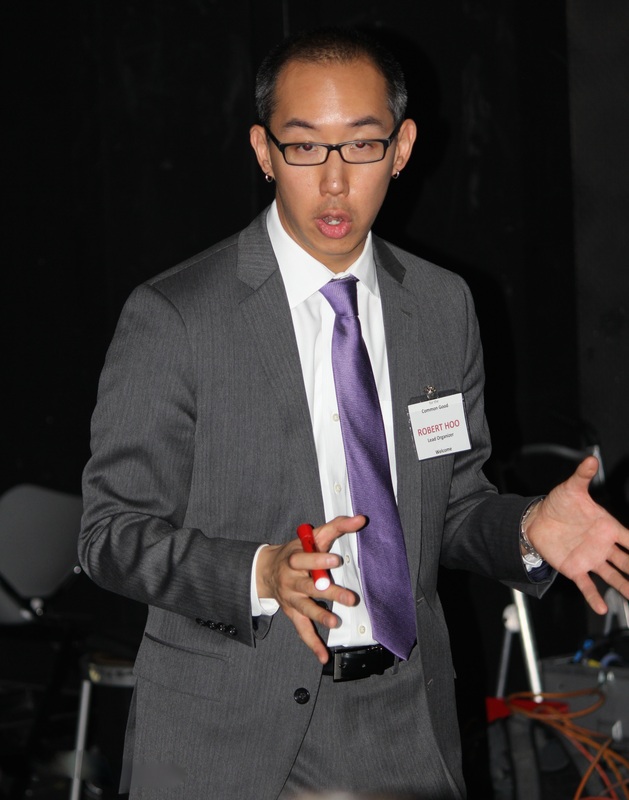

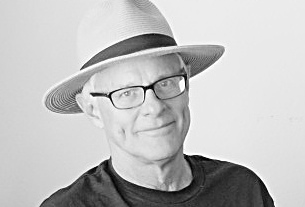
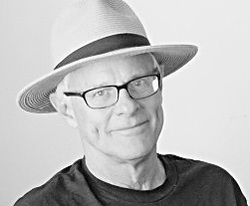
 RSS Feed
RSS Feed
